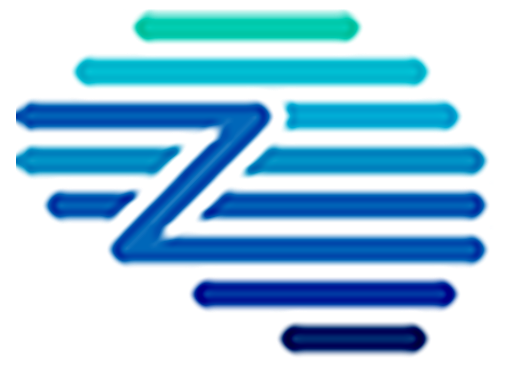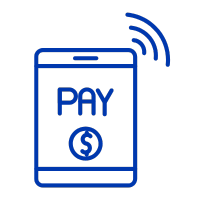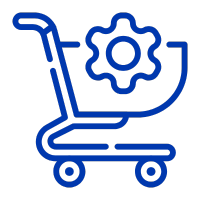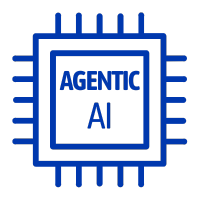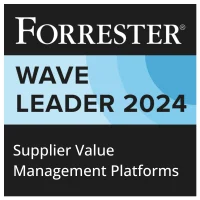Predictive Analytics refers to the use of statistical techniques, data mining, and algorithms to analyze current and historical data in order to make predictions about future outcomes. It involves identifying patterns and relationships within data to forecast trends and behaviors, ultimately aiding in decision-making processes.
Key Benefits
– Enhanced Decision-Making:
Predictive analytics enables organizations to transform raw data into actionable insights, allowing for more informed and strategic decisions across various business functions.
– Risk Management:
By predicting future trends and potential risks, predictive analytics aids in mitigating risks before they manifest, improving overall risk management strategies and reducing vulnerabilities.
– Operational Efficiency:
The use of predictive analytics streamlines processes by automating routine tasks and identifying inefficiencies. This leads to improved operational efficiency and allows human resources to focus on more strategic tasks.
– Cost Savings:
By optimizing processes and forecasting demands accurately, predictive analytics can lead to significant cost savings, particularly by improving resource allocation and reducing waste.
– Competitive Advantage:
Organizations can gain a competitive edge by anticipating market shifts and customer behaviors. This proactive approach helps in staying ahead of the competition and adapting quickly to market changes.
Related Terms
– Enhanced Decision-Making:
Predictive analytics enables organizations to transform raw data into actionable insights, allowing for more informed and strategic decisions across various business functions.
– Risk Management:
By predicting future trends and potential risks, predictive analytics aids in mitigating risks before they manifest, improving overall risk management strategies and reducing vulnerabilities.
– Operational Efficiency:
The use of predictive analytics streamlines processes by automating routine tasks and identifying inefficiencies. This leads to improved operational efficiency and allows human resources to focus on more strategic tasks.
– Cost Savings:
By optimizing processes and forecasting demands accurately, predictive analytics can lead to significant cost savings, particularly by improving resource allocation and reducing waste.
– Competitive Advantage:
Organizations can gain a competitive edge by anticipating market shifts and customer behaviors. This proactive approach helps in staying ahead of the competition and adapting quickly to market changes.
References
For further insights into these processes, explore Zycus’ dedicated resources related to Predictive Analytics:
- Harnessing Predictive Analytics for Precision-Driven Procurement
- Machine Teaching: Elevating Procurement with AI Predictive Analytics
- You Can’t Miss these 7 European Procurement Best Practices
- Revolutionizing Procurement With Artificial Intelligence
- Hey Nineteen: Mastering 2019 Procurement Strategies
White Papers
Master the UK Procurement Act 2023: Ensure Compliance & Drive Procurement Excellence

Filter by
Compliant Invoicing
Compliant Invoicing refers to the process of generating, submitting, and managing invoices in adherence with legal, regulatory, and contractual requirements.
Continuity Plan
A Continuity Plan is an organized set of policies and procedures designed to ensure that a company’s essential operations can
Cost Modeling
Cost Modeling in procurement refers to the analysis and estimation of the total cost of ownership of a product or
Contract Audit
Contract Audit is a systematic evaluation of agreements and related documentation to ensure compliance with contractual terms, identify discrepancies, and
Procurement Cycle
The Procurement Cycle refers to the end-to-end process through which an organization identifies its needs, sources suppliers, negotiates contracts, places
Procurement Master Data Management
Procurement Master Data Management is the disciplined approach to managing core, consistent procurement information, including supplier, product, and contract data,

